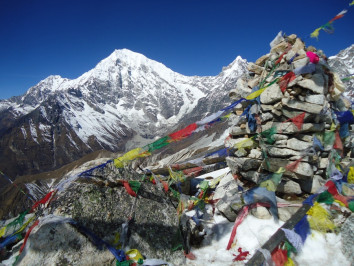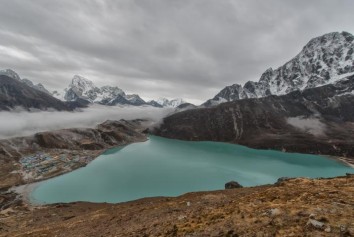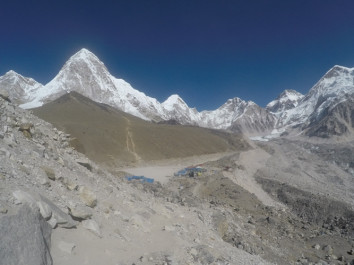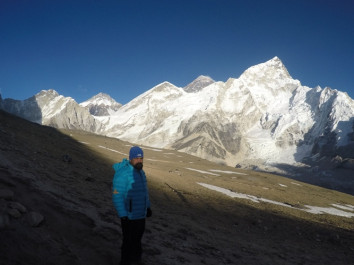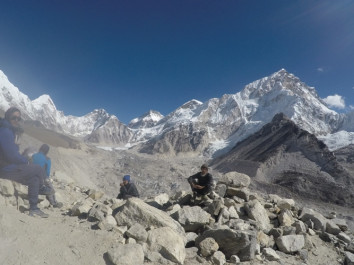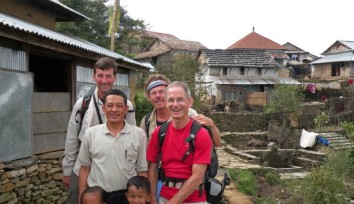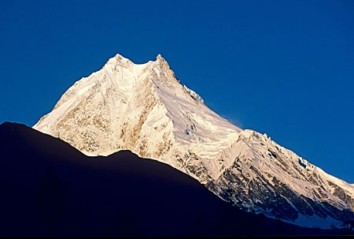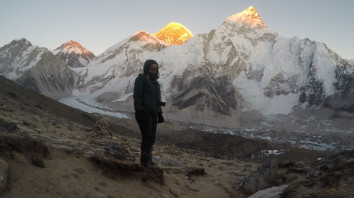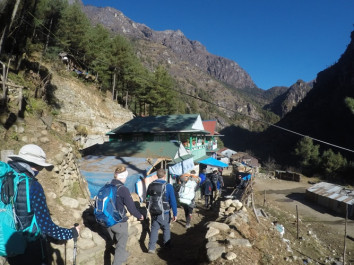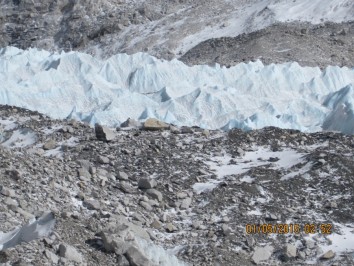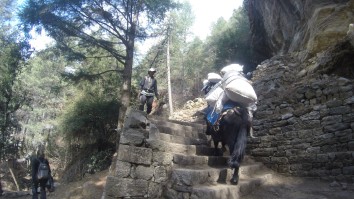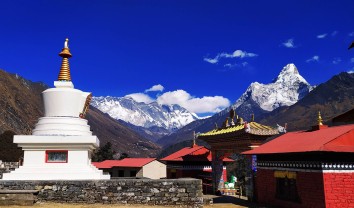How difficult is the Langtang trek?
The Langtang Valley Trek is considered a moderate trek in terms of difficulty, making it accessible to a wide range of trekkers, including those with some trekking experience and good physical fitness.
Table of Contents
Here’s an overview of the factors contributing to the difficulty of the trek:
1. Trail Terrain
- The Langtang trek involves varied terrain, including forested areas, alpine meadows, and rocky paths. While most of the trail is well-marked, there are some steep ascents and descents, especially as you approach higher altitudes.
- The trekking paths are generally not technical, meaning no climbing or scrambling is required, but the steep sections and altitude gain can be challenging.
2. Altitude
- The highest point of the Langtang Valley Trek is Kyanjin Ri (4,773 meters) or Tserko Ri (5,000 meters), depending on how far you want to climb.
- Altitude can be a factor for trekkers, especially as you ascend above 3,000 meters. While it’s not as high as the Everest or Annapurna treks, there is still a risk of altitude sickness, particularly if you ascend too quickly.
- Proper acclimatization is important. Many trekkers opt for an extra day at Kyanjin Gompa to adjust to the altitude and explore the area.
3. Distance and Duration
- The Langtang trek typically takes 7 to 10 days depending on your pace and whether you include side trips to places like Tserko Ri or Kyanjin Ri.
- The daily walking distances range from 5 to 8 hours of trekking, with gradual ascents as you move higher up the valley. Some days involve longer trekking hours, particularly as you approach higher altitudes.
4. Fitness Level
- A good level of physical fitness is required for this trek due to the continuous elevation gain and long walking hours.
- It’s recommended that trekkers prepare with some cardio training (like hiking, running, or cycling) before embarking on the trek.
- Beginners can attempt the trek as well, provided they prepare physically and take acclimatization seriously.
5. Weather Conditions
- Weather can play a role in the trek’s difficulty. In spring (March-May) and autumn (September-November), the conditions are stable, with clear skies and moderate temperatures, making the trek easier.
- Winter (December-February) brings colder temperatures, especially at higher elevations, which can make the trek more difficult due to snow and ice. Monsoon season (June-August) brings heavy rainfall, which can make the trail slippery and more challenging.
6. Accommodation and Facilities
- The Langtang Valley is a tea house trek, meaning you’ll have access to food and shelter along the trail, which reduces the burden of carrying heavy gear.
- However, the facilities become more basic as you ascend, with fewer amenities (like electricity or hot water) at higher altitudes, which can add some difficulty, especially during colder months.
Summary of Difficulty Factors:
- Trail: Moderate, with some steep sections.
- Altitude: Moderate risk of altitude sickness; highest point is around 5,000 meters.
- Duration: 7 to 10 days, walking 5-8 hours per day.
- Fitness: Requires good physical condition, but accessible for beginners who prepare properly.
- Weather: Best in spring and autumn for easier trekking conditions.
While it’s not the most difficult trek in Nepal, the Langtang Valley Trek requires preparation, especially due to the altitude and physical demands. With proper acclimatization and fitness, most trekkers find the Langtang trek both challenging and rewarding, offering stunning views without the extreme altitudes of other treks like Everest Base Camp.
Recent Posts

20th Oct, 2022
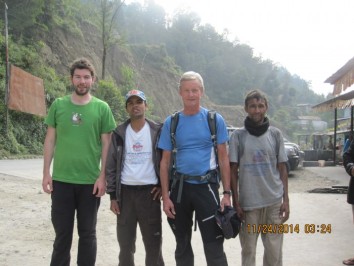
20th Oct, 2022
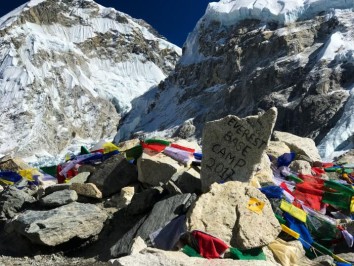
20th Sep, 2020
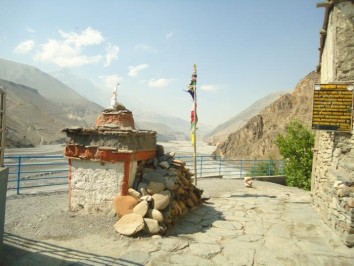
1st Sep, 2020

13th Nov, 2022

13th Nov, 2022
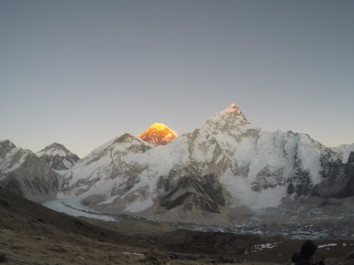
12th Sep, 2017
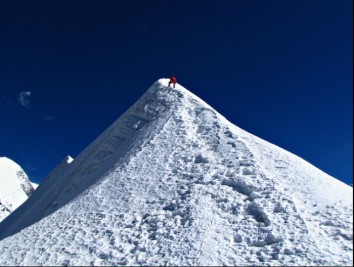
23rd Sep, 2015
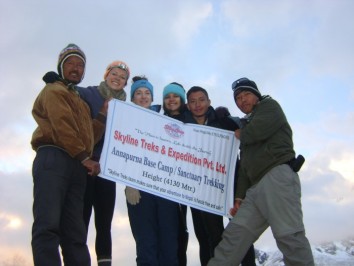
14th Aug, 2016
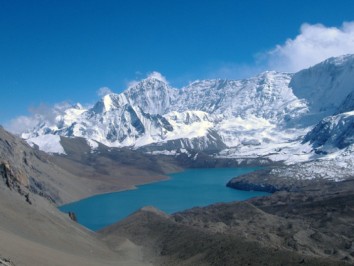
12th Aug, 2016
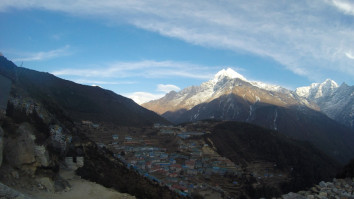
5th Apr, 2017
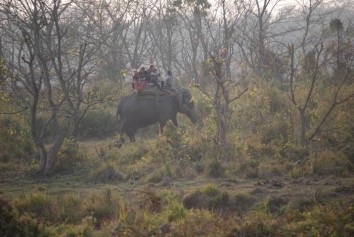
15th Jan, 2017
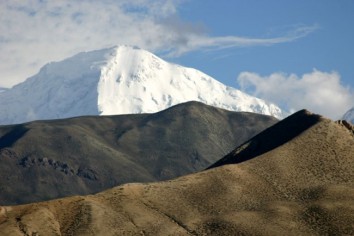
9th Jun, 2016
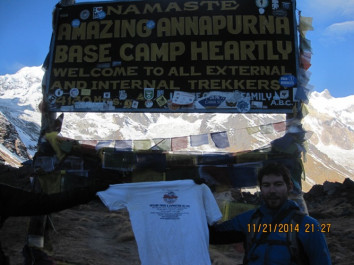
6th Jun, 2017
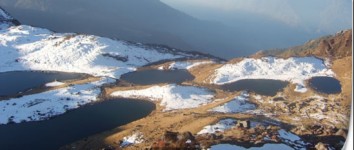
14th Sep, 2015
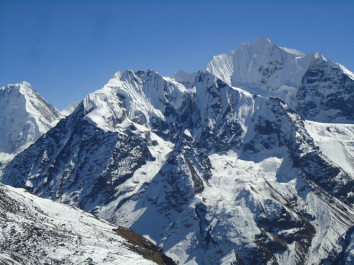
11th Aug, 2016
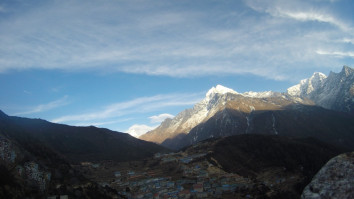
10th Apr, 2017
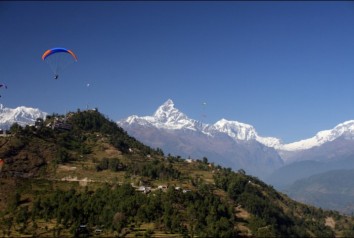
4th Oct, 2015
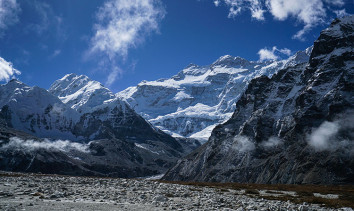
1st Oct, 2015
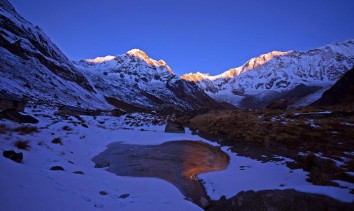
15th Jan, 2018

4th Sep, 2017
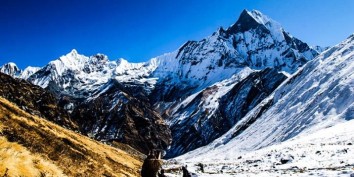
16th Jun, 2017
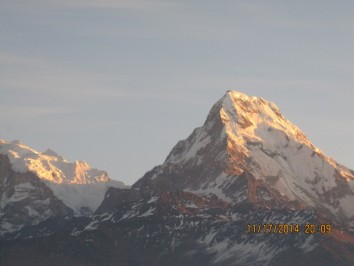
2nd Dec, 2017
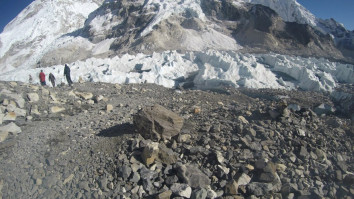
12th Oct, 2015
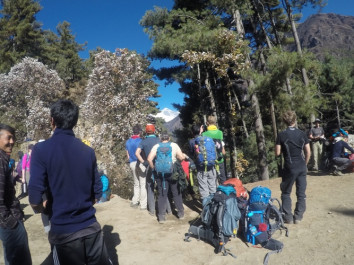
30th Jun, 2016
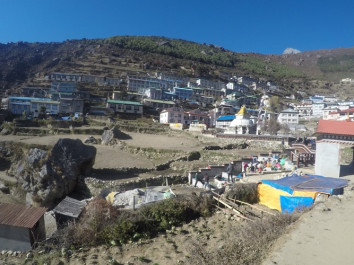
13th Apr, 2017
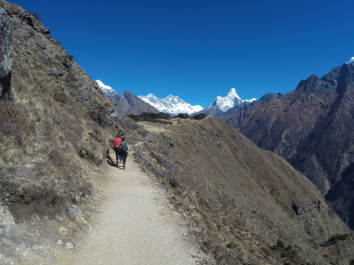
7th Jun, 2016
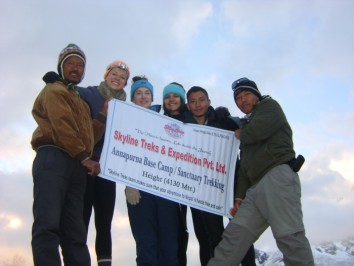
22nd Aug, 2017
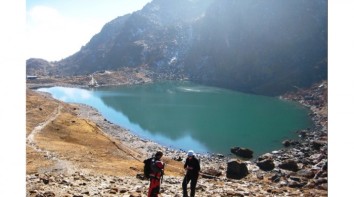
10th Sep, 2015
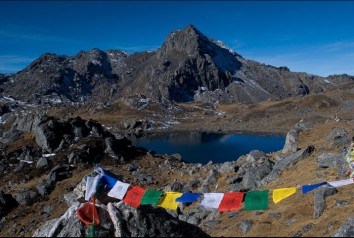
28th Aug, 2015
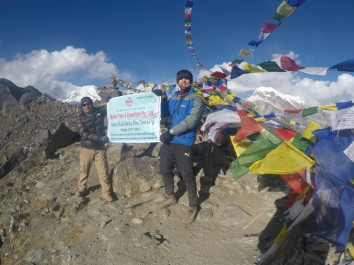
4th Jul, 2016
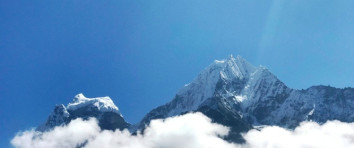
7th Oct, 2015
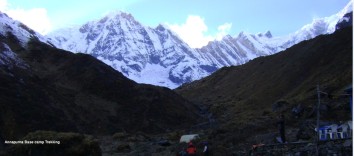
6th Dec, 2017
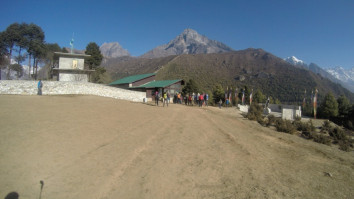
10th Jun, 2016
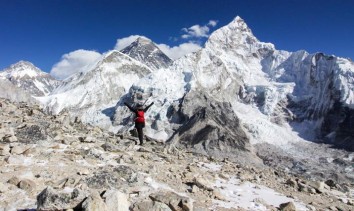
8th Jan, 2018
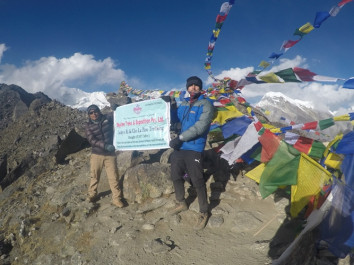
8th Jun, 2016
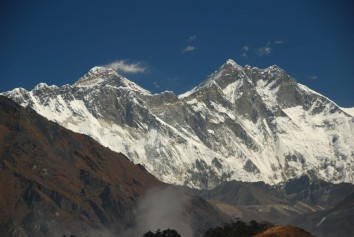
31st Aug, 2017
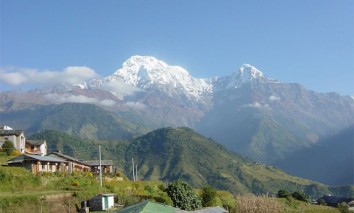
19th Sep, 2017
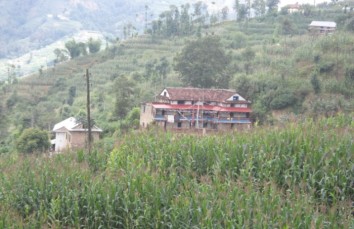
18th Aug, 2015
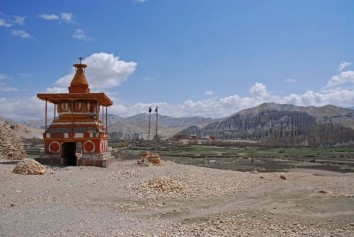
7th Aug, 2018
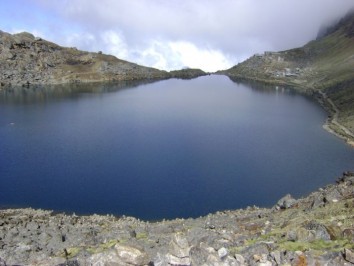
12th Sep, 2017

6th Mar, 2020
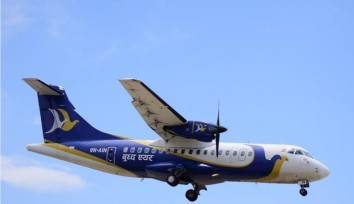
19th Sep, 2017
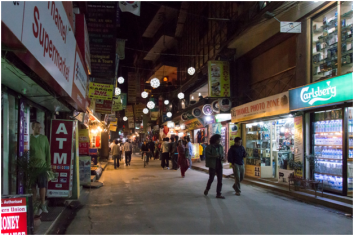
16th Feb, 2020

13th Dec, 2017

17th Jun, 2016
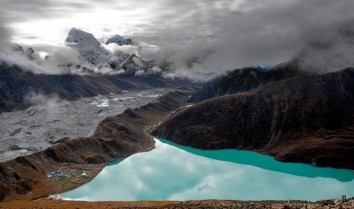
8th Dec, 2017
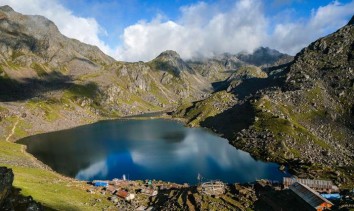
28th Jun, 2017
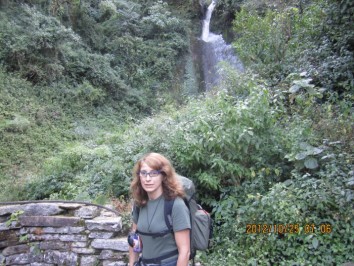
14th Oct, 2015
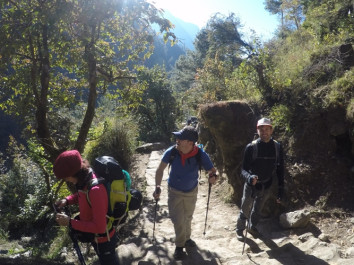
11th Jul, 2016
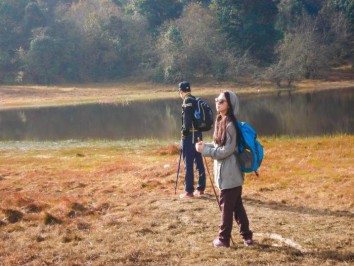
21st Jun, 2017
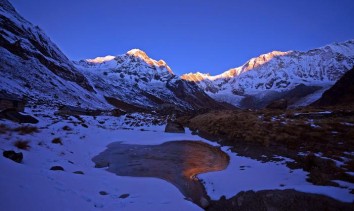
11th Jul, 2020
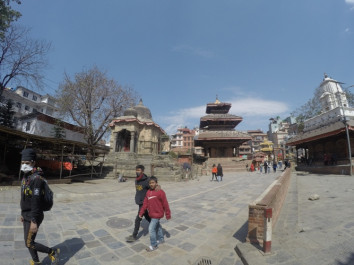
16th Aug, 2015
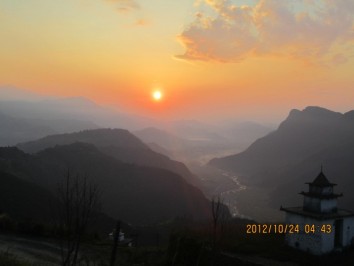
21st Sep, 2015
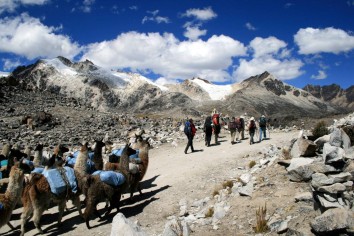
5th Mar, 2020
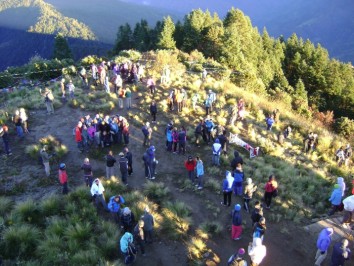
12th Jun, 2017
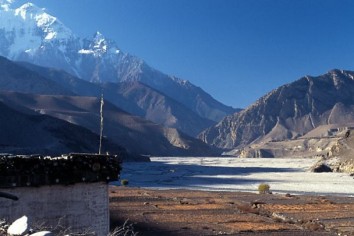
3rd Aug, 2018
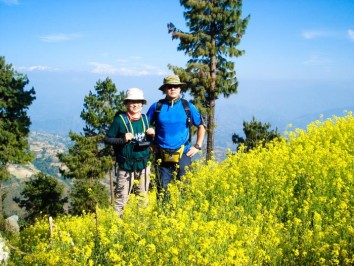
3rd Sep, 2015
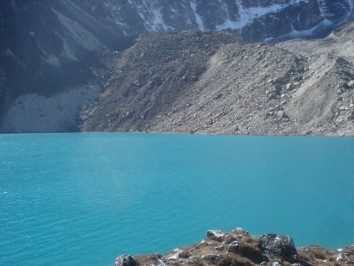
25th Jun, 2017
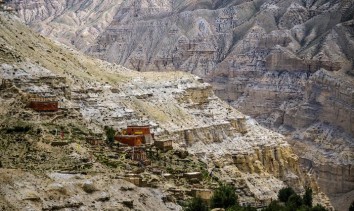
2nd Sep, 2020
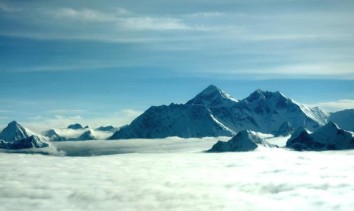
3rd Jul, 2016
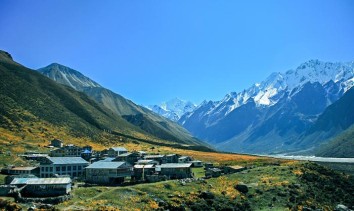
24th Jun, 2016
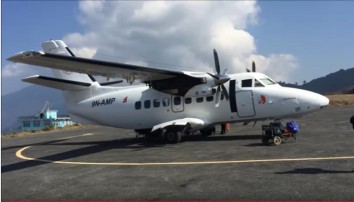
11th Aug, 2017
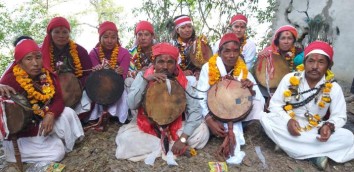
12th Jun, 2016
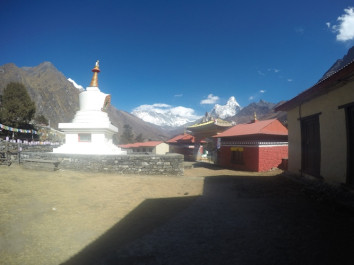
11th Sep, 2015
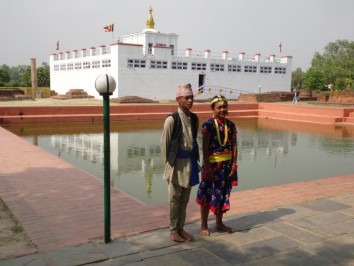
6th Aug, 2017
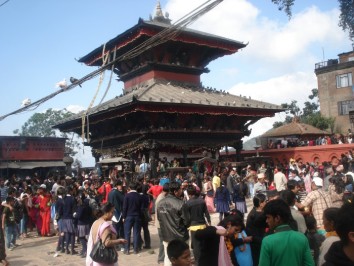
3rd Aug, 2017
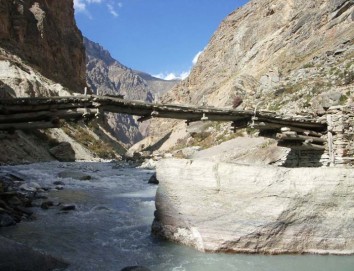
26th Jun, 2016
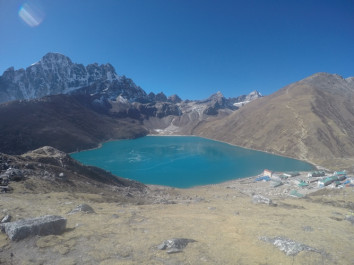
6th Jun, 2016
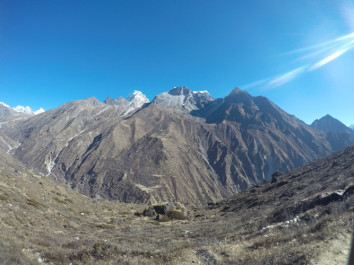
30th Aug, 2015
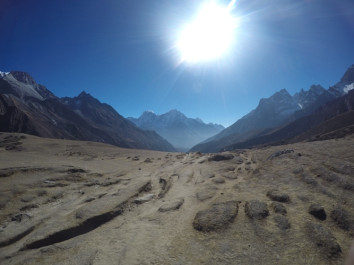
7th Sep, 2015

26th Aug, 2015
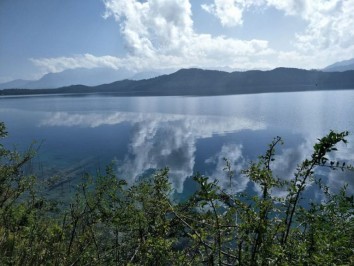
5th Sep, 2015
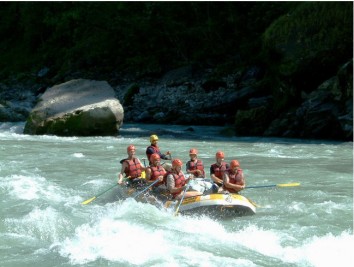
16th Sep, 2015
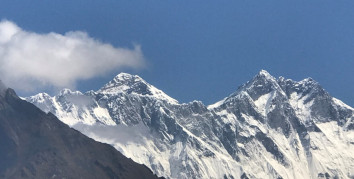
20th Sep, 2015
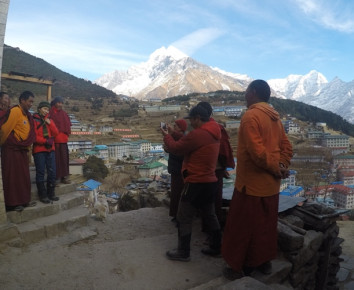
16th Jun, 2016
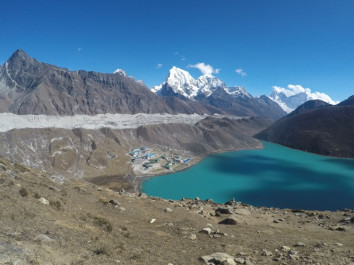
15th Dec, 2016
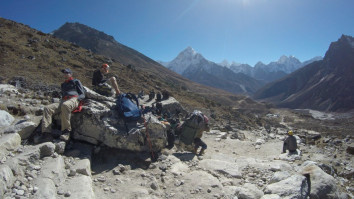
6th Jul, 2016
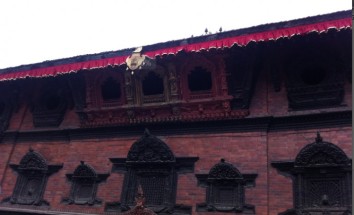
22nd Mar, 2020
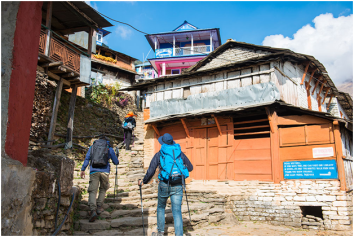
10th Mar, 2020
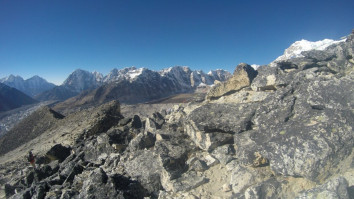
5th Aug, 2016
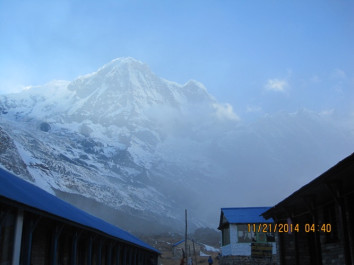
23rd Sep, 2016
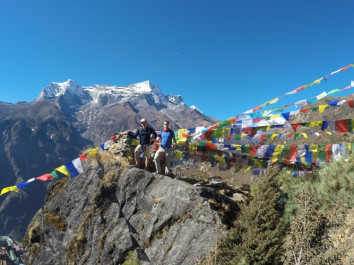
1st Sep, 2015
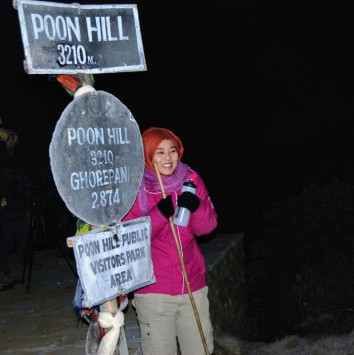
13th Dec, 2017
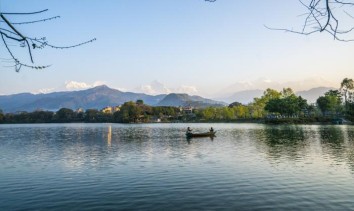
20th Jul, 2017
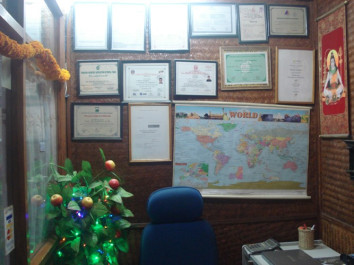
12th Aug, 2015
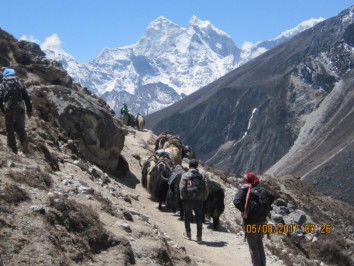
17th Nov, 2017
24th Aug, 2015
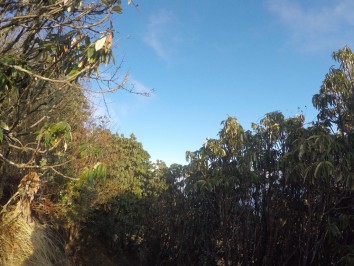
18th Sep, 2017
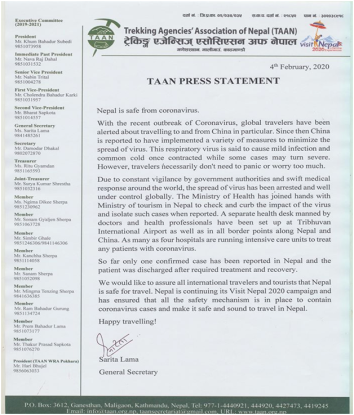
23rd Feb, 2020
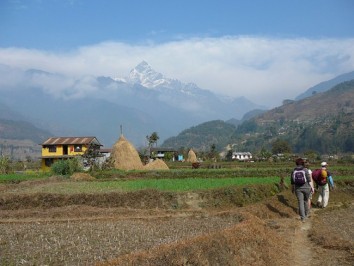
14th Jun, 2017
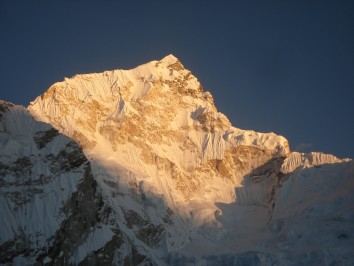
26th Jun, 2017
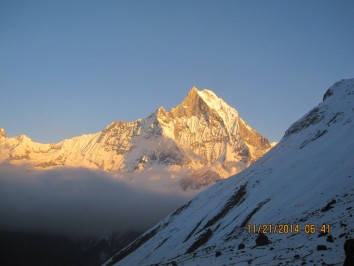
19th Aug, 2015
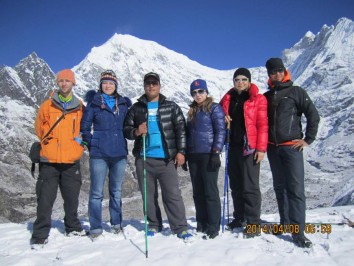
7th Apr, 2017
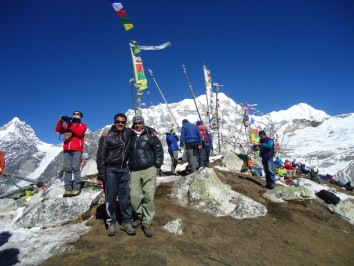
1st Jul, 2016
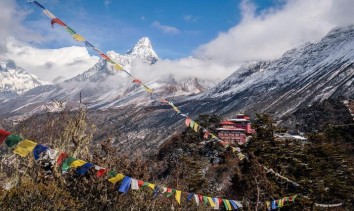
20th Sep, 2016

5th Jul, 2016
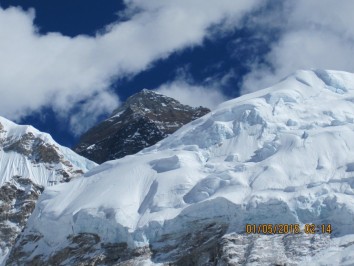
10th Jul, 2016
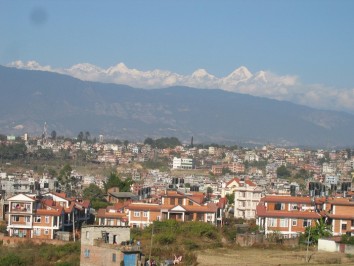
12th Mar, 2020
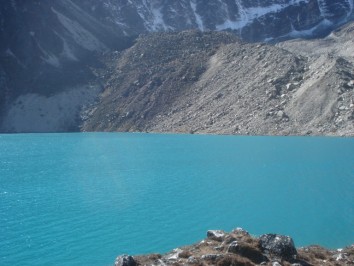
30th Jun, 2017
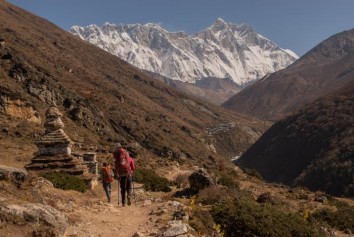
30th Aug, 2018

23rd Jul, 2017
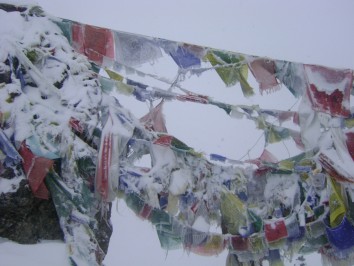
12th Jan, 2017

23rd Jul, 2017
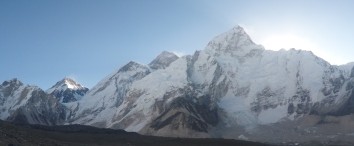
11th Aug, 2017
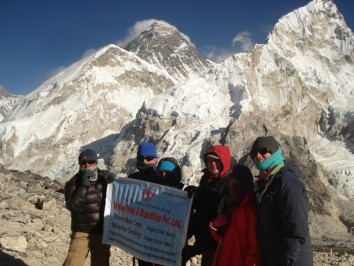
2nd Jul, 2017
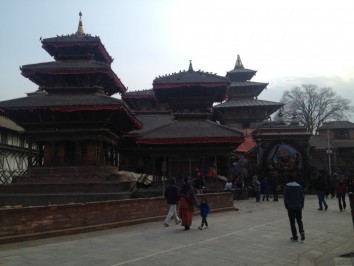
4th Sep, 2018
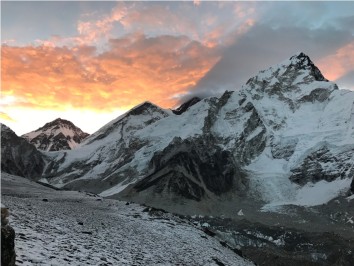
11th Aug, 2017
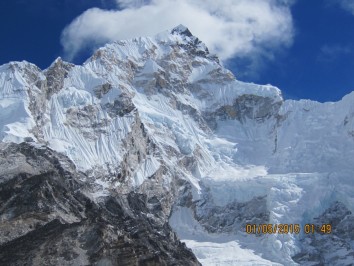
27th Jun, 2016
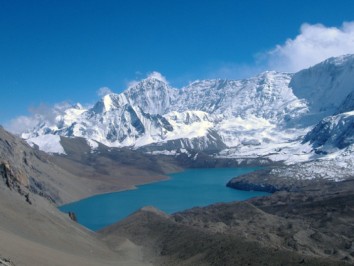
2nd Apr, 2017
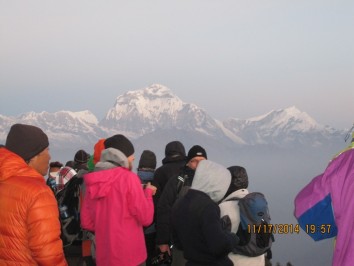
28th Jun, 2016
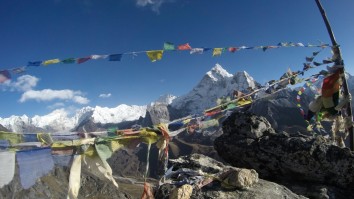
23rd Jun, 2016
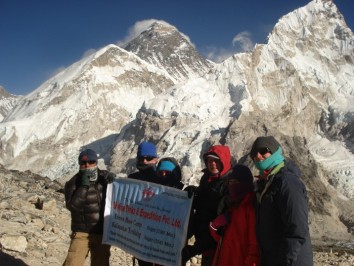
21st Sep, 2018
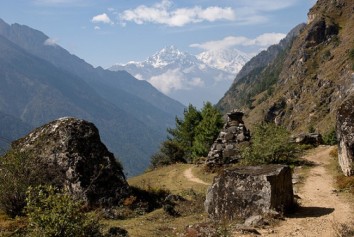
25th Sep, 2015

15th Sep, 2017
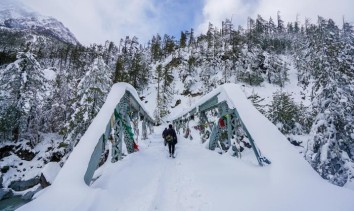
21st Jun, 2016
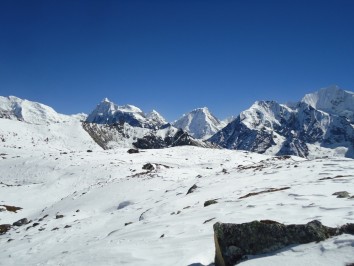
21st Aug, 2015
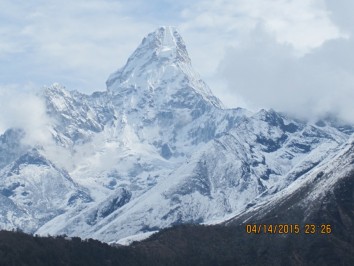
8th Jul, 2016
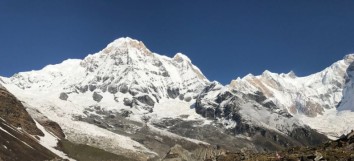
1st Jan, 2018

28th Sep, 2015
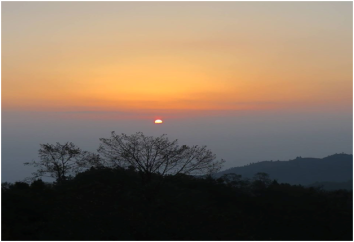
5th Mar, 2020
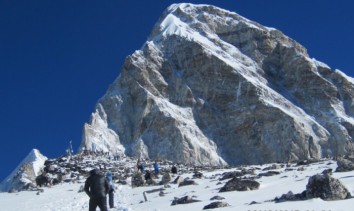
12th Sep, 2017
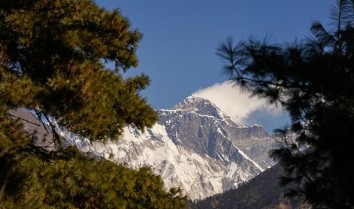
12th Sep, 2020

22nd Aug, 2017
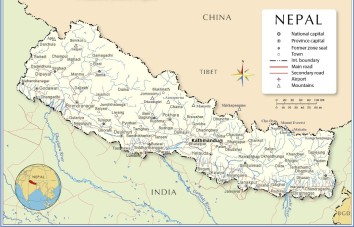
18th Aug, 2017
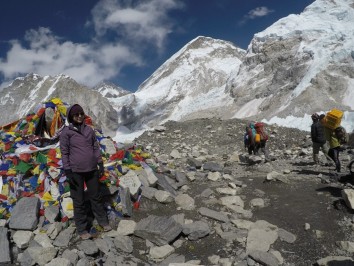
27th Sep, 2016
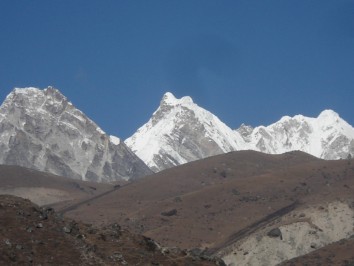
13th Jan, 2016
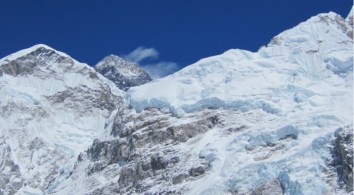
18th Aug, 2017

23rd Feb, 2020

6th May, 2018

31st Aug, 2017

17th Feb, 2020
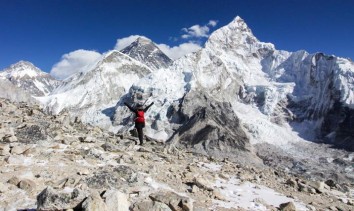
23rd Oct, 2017
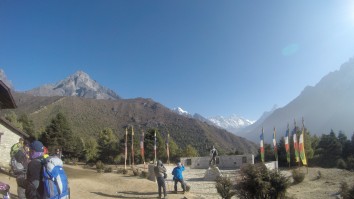
2nd Jul, 2016

9th Aug, 2016
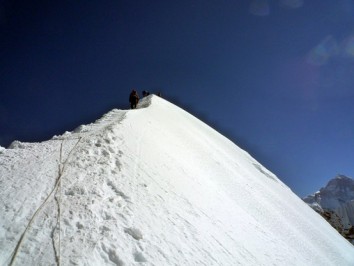
23rd Nov, 2022
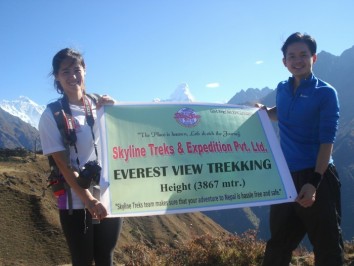
23rd Nov, 2022
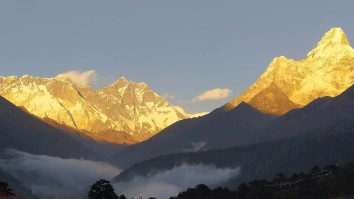
18th Dec, 2022
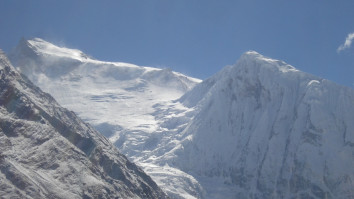
11th Mar, 2023
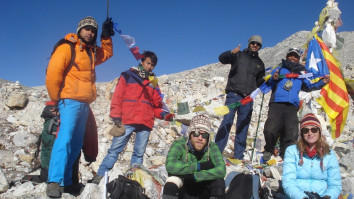
11th Mar, 2023
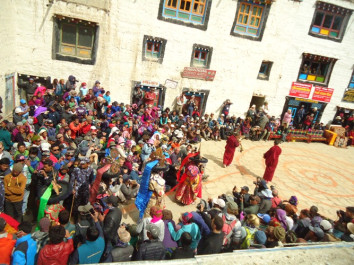
13th Mar, 2023
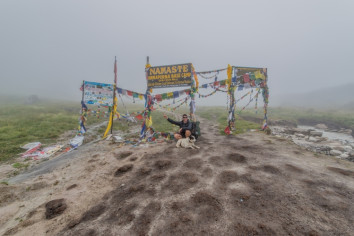
14th Mar, 2023
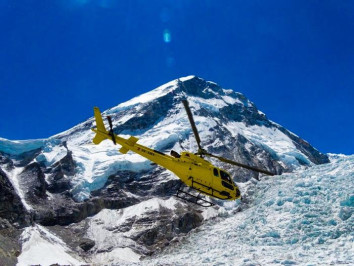
15th Mar, 2023
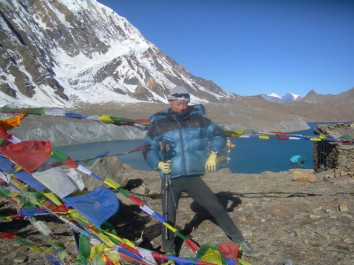
16th Mar, 2023
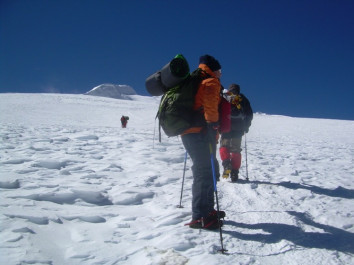
17th Mar, 2023
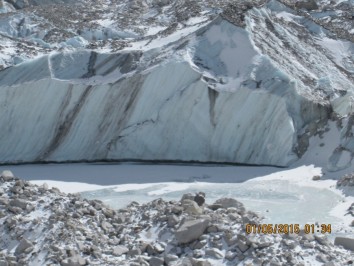
18th Mar, 2023
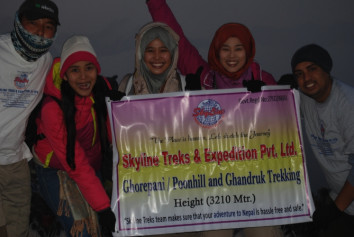
19th Mar, 2023
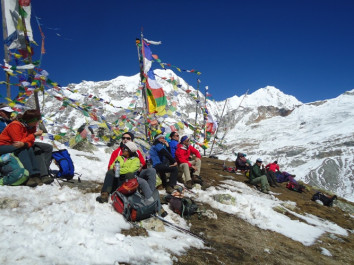
20th Mar, 2023
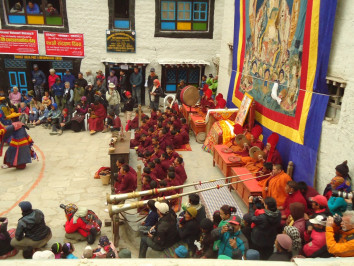
23rd Mar, 2023
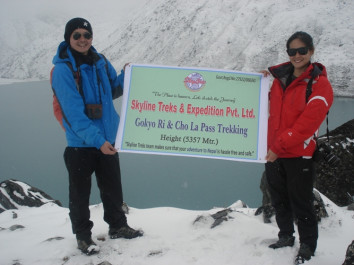
26th Mar, 2023
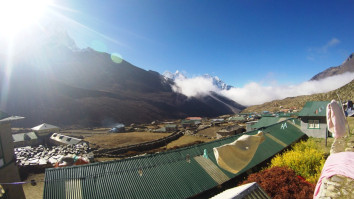
3rd Apr, 2023
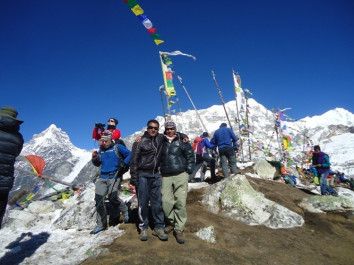
11th Apr, 2023
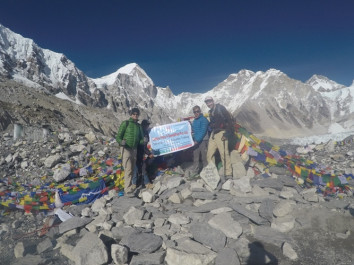
11th May, 2023
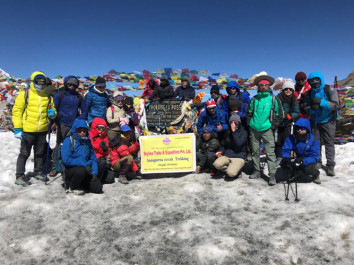
27th May, 2023
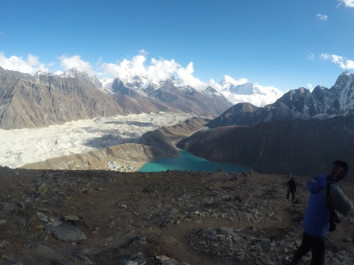
30th May, 2023
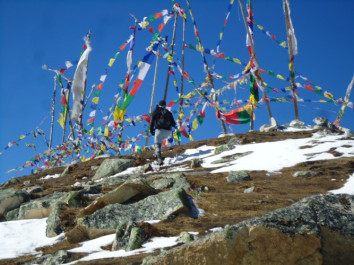
1st Jun, 2023
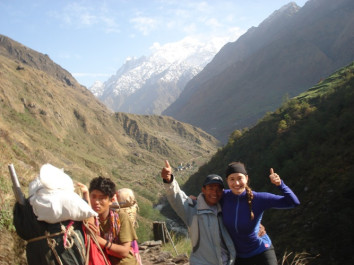
3rd Jun, 2023
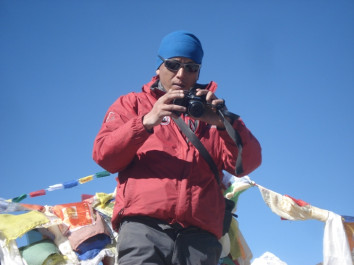
4th Jun, 2023
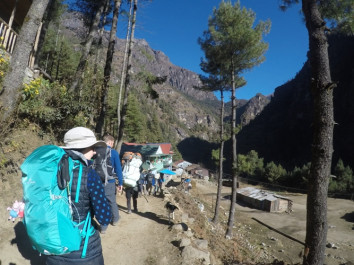
6th Jun, 2023
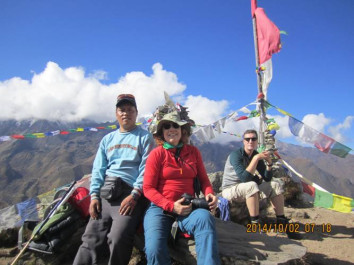
14th Jun, 2023
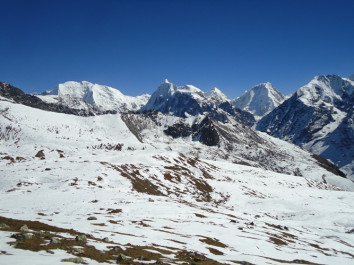
16th Jun, 2023
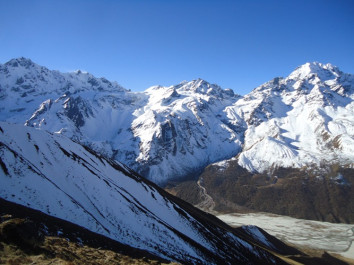
18th Jun, 2023
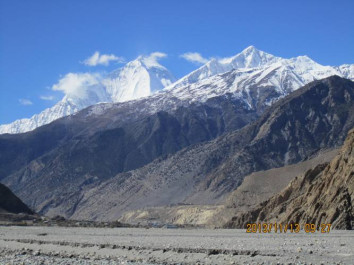
24th Jun, 2023
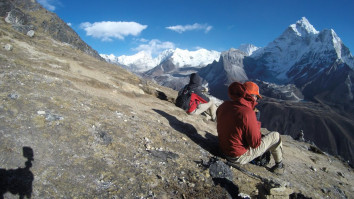
29th Jun, 2023
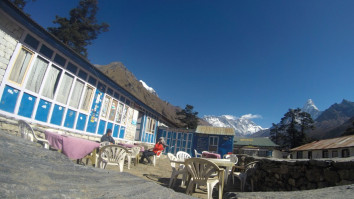
2nd Jul, 2023
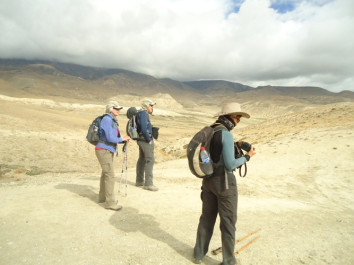
4th Jul, 2023
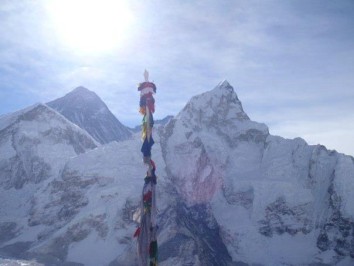
8th Jul, 2023
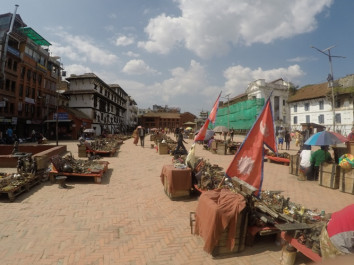
25th Jul, 2023
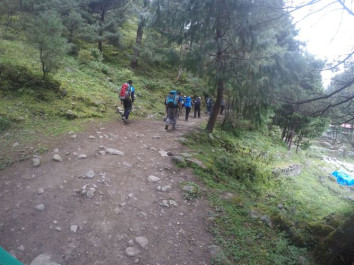
5th Aug, 2023
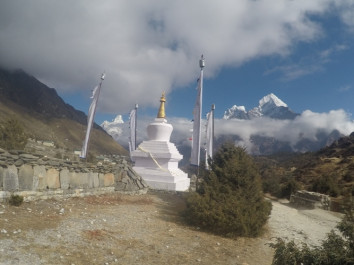
6th Aug, 2023
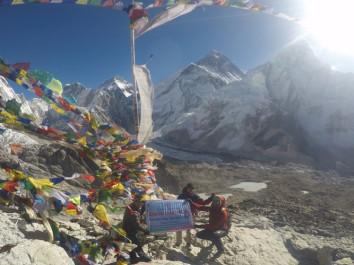
7th Aug, 2023
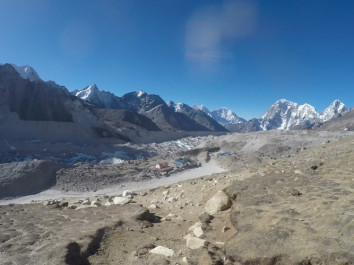
10th Aug, 2023
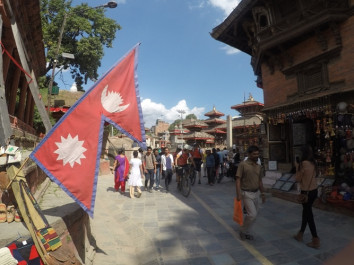
11th Aug, 2023
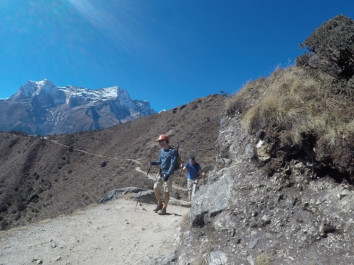
12th Aug, 2023
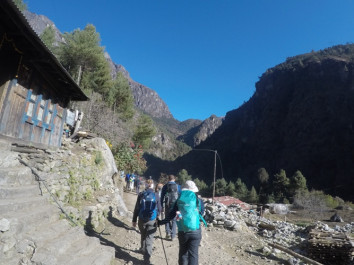
13th Aug, 2023
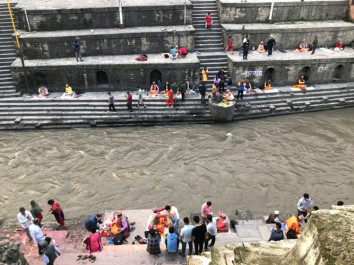
22nd Aug, 2023
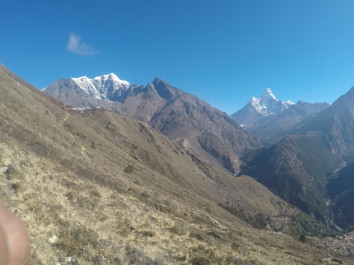
23rd Aug, 2023

24th Aug, 2023
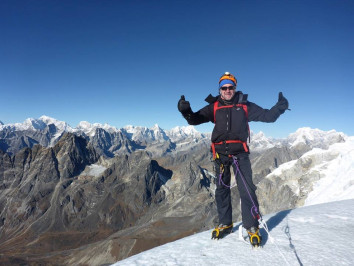
26th Aug, 2023
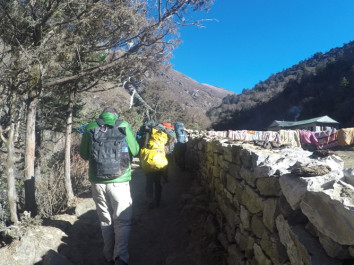
27th Aug, 2023
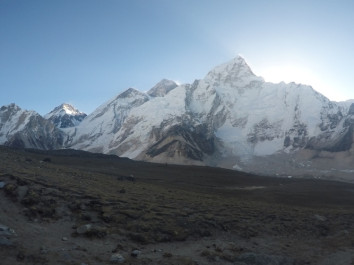
31st Aug, 2023
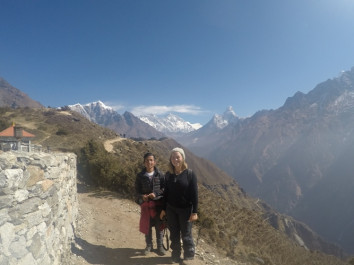
3rd Sep, 2023
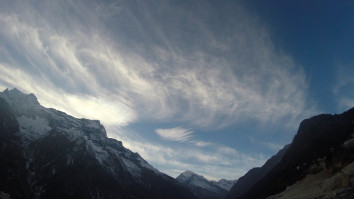
8th Sep, 2023
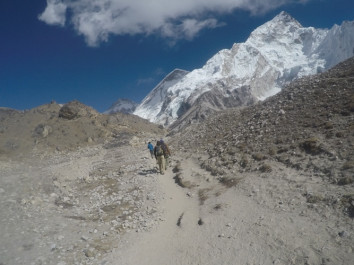
12th Sep, 2023
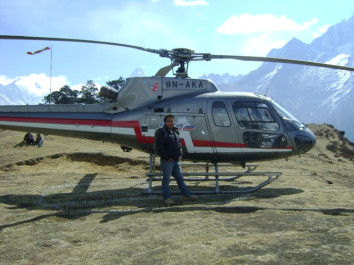
20th Sep, 2023
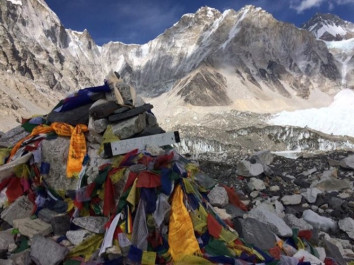
21st Sep, 2023
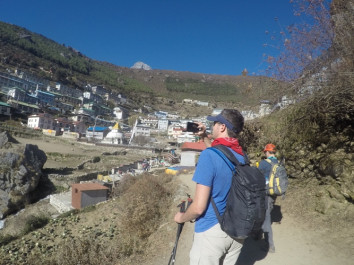
22nd Sep, 2023
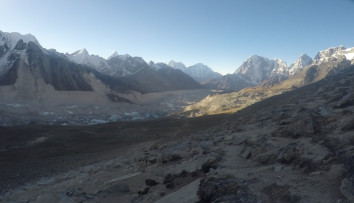
23rd Sep, 2023
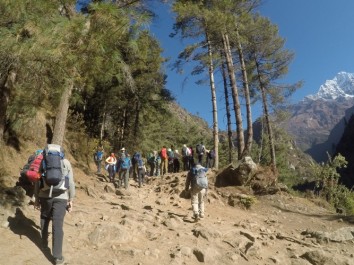
30th Sep, 2023
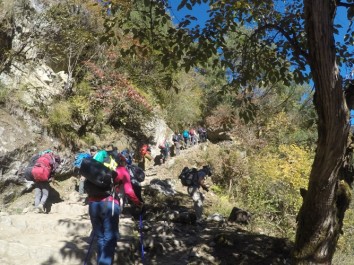
1st Oct, 2023
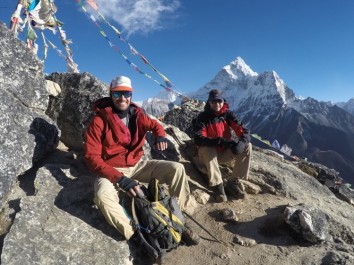
2nd Oct, 2023
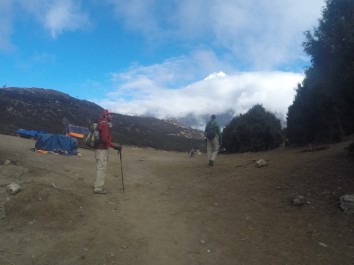
6th Oct, 2023
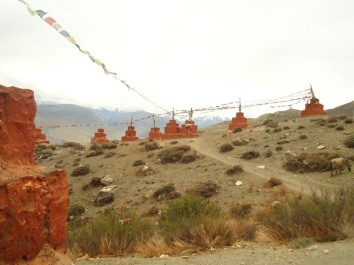
10th Oct, 2023
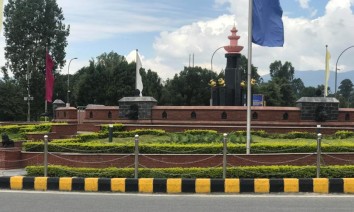
11th Oct, 2023
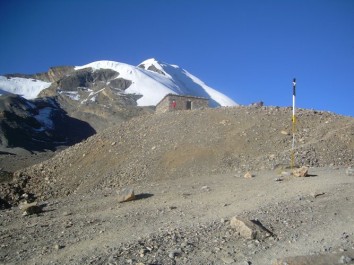
15th Oct, 2023
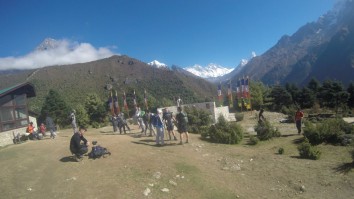
16th Oct, 2023
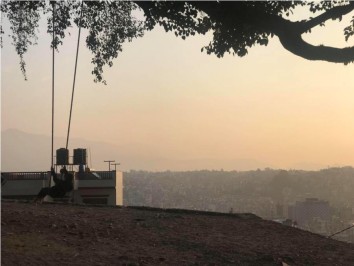
17th Oct, 2023
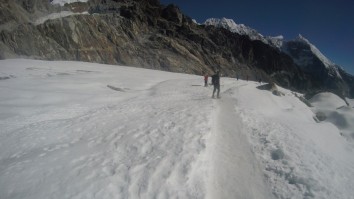
18th Oct, 2023
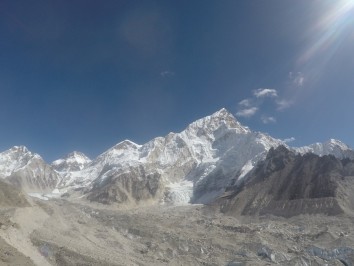
21st Oct, 2023
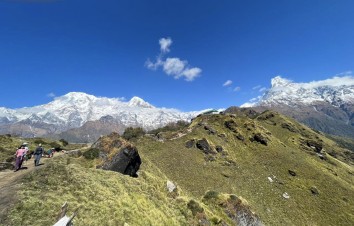
28th Oct, 2023
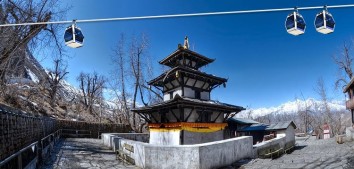
30th Oct, 2023
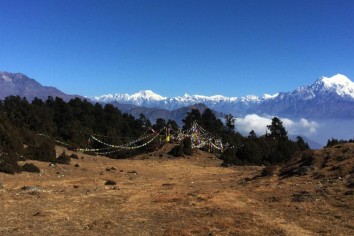
1st Nov, 2023
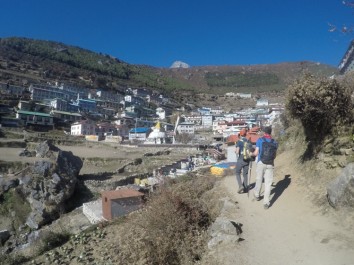
3rd Nov, 2023
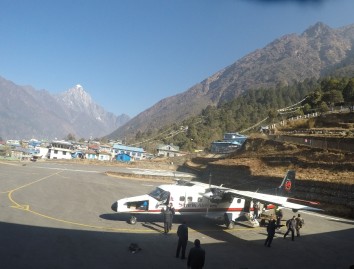
10th Nov, 2023
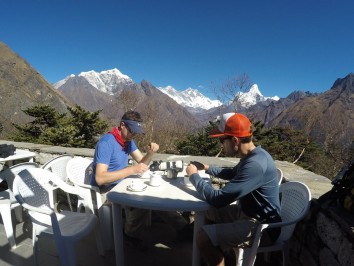
12th Nov, 2023
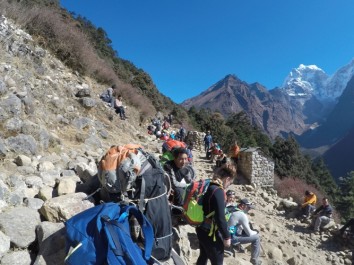
27th Nov, 2023
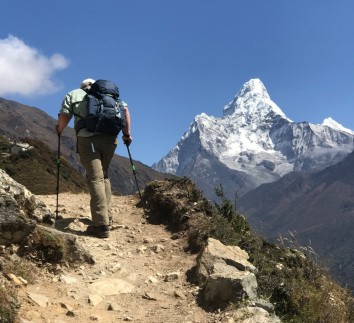
30th Nov, 2023
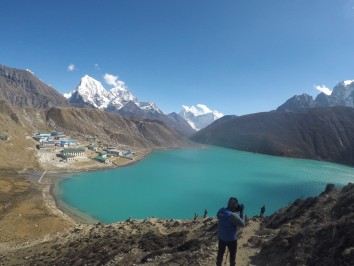
6th Dec, 2023
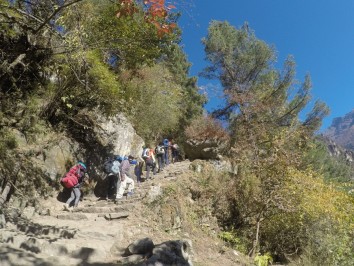
7th Dec, 2023
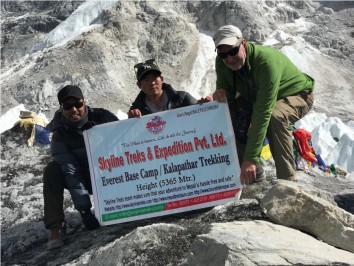
8th Dec, 2023
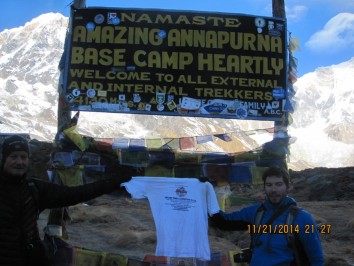
9th Dec, 2023
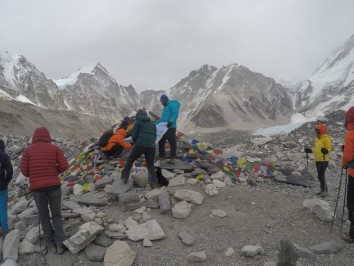
10th Dec, 2023
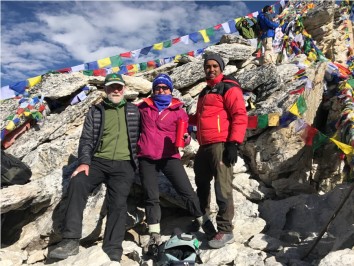
13th Dec, 2023
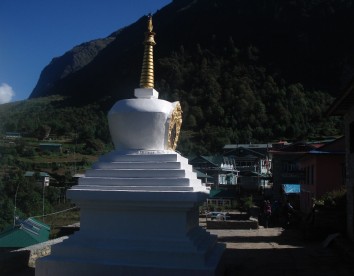
15th Dec, 2023
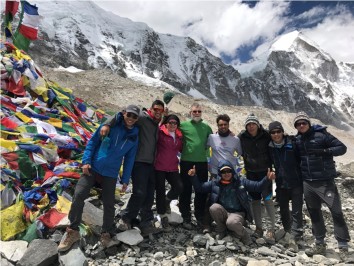
25th Dec, 2023
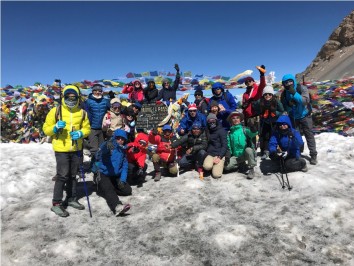
7th Jan, 2024
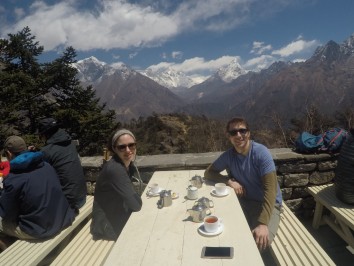
17th Jan, 2024
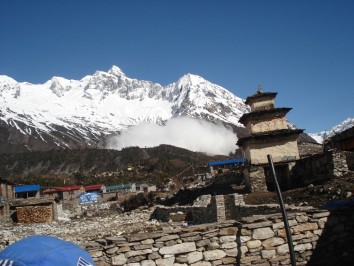
1st Feb, 2024
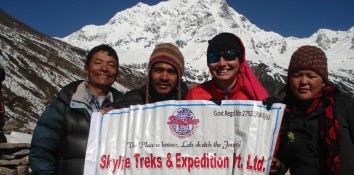
4th Feb, 2024
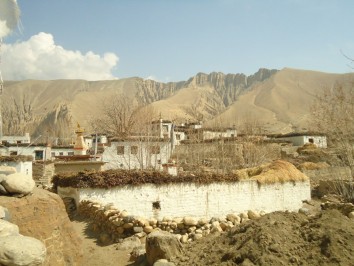
12th Feb, 2024
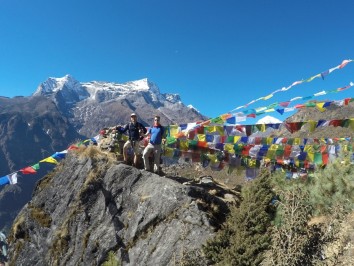
17th Feb, 2024
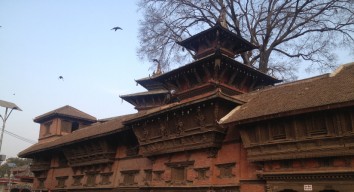
22nd Feb, 2024
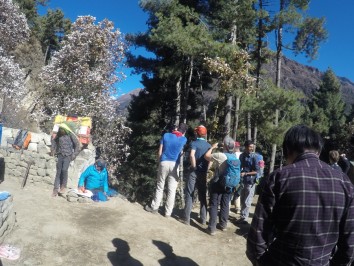
7th Mar, 2024
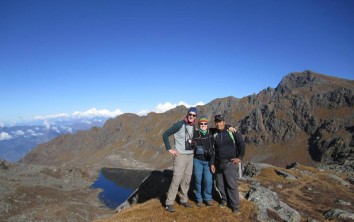
10th Mar, 2024
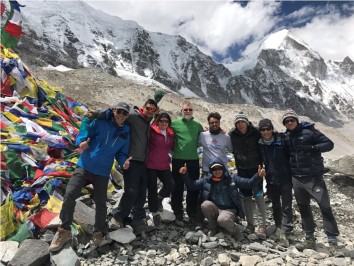
30th Mar, 2024
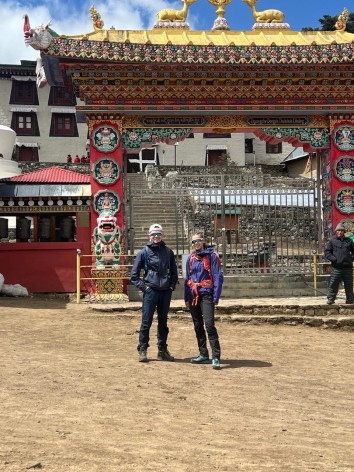
3rd Apr, 2024
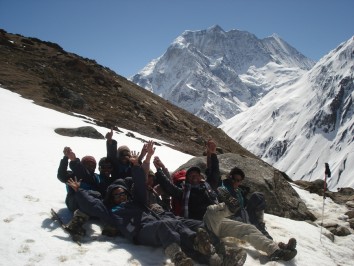
6th Apr, 2024
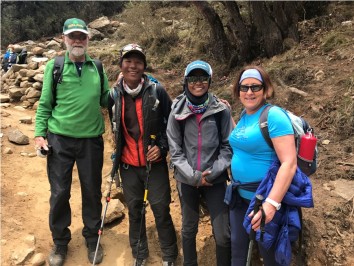
10th Apr, 2024
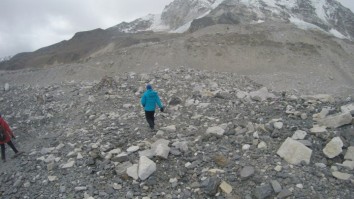
1st May, 2024
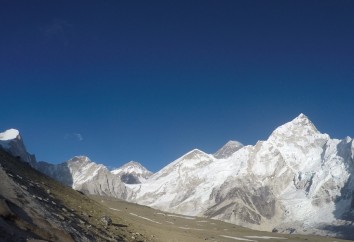
4th May, 2024
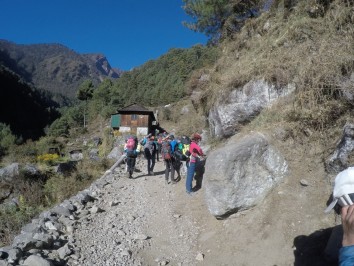
5th May, 2024
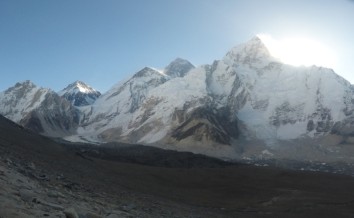
7th May, 2024
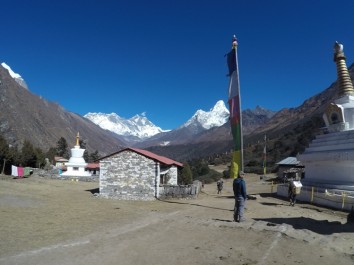
10th May, 2024
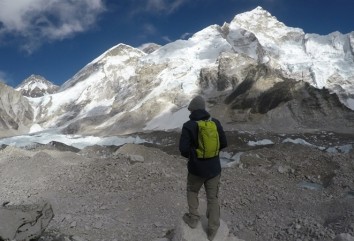
15th May, 2024
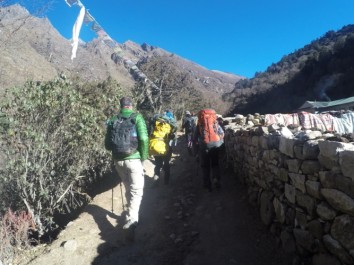
26th May, 2024
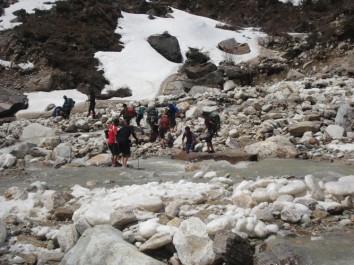
2nd Jun, 2024
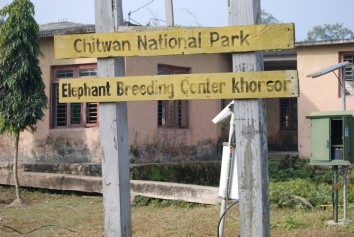
22nd Jun, 2024
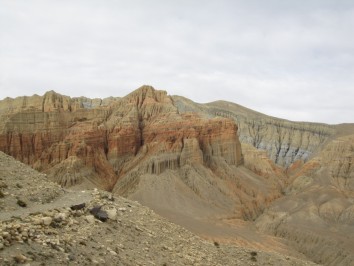
2nd Jul, 2024
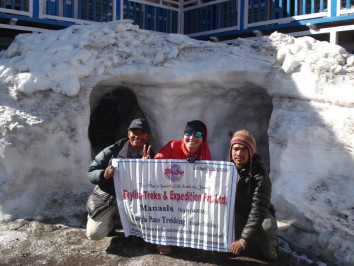
3rd Jul, 2024
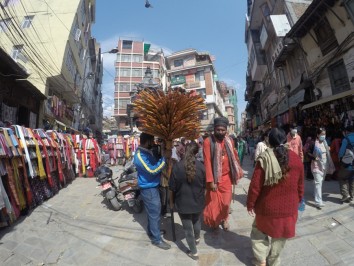
6th Jul, 2024
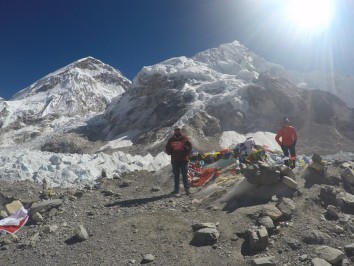
7th Jul, 2024
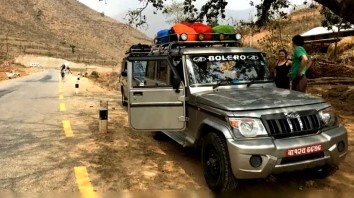
19th Jul, 2024
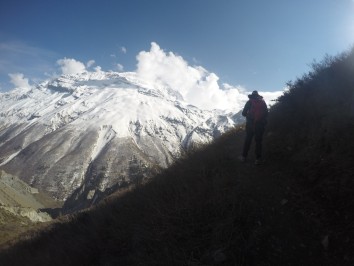
23rd Jul, 2024

28th Jul, 2024
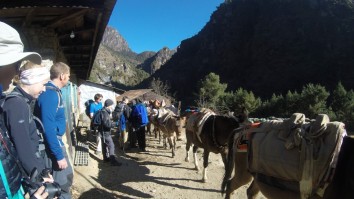
31st Jul, 2024
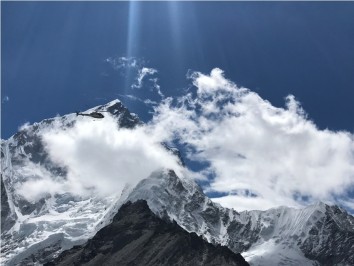
23rd Aug, 2024
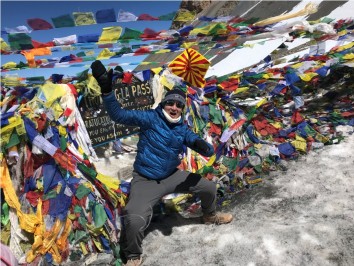
19th Oct, 2024

21st Oct, 2024
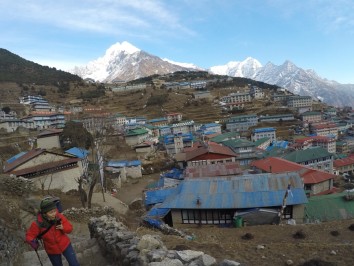
23rd Jan, 2025
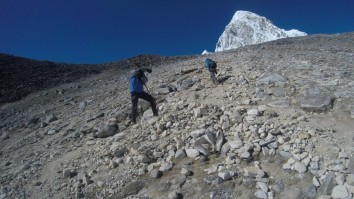
8th Feb, 2025
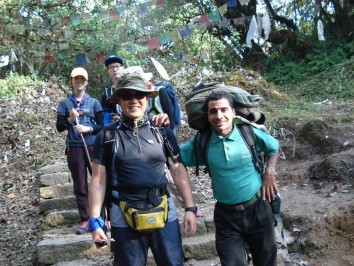
9th Mar, 2025
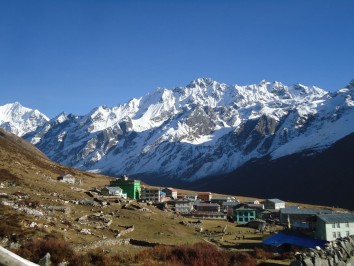
15th Mar, 2025
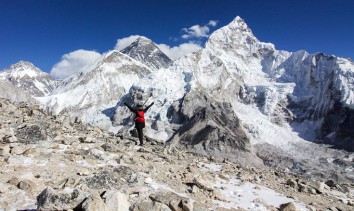
17th Mar, 2025
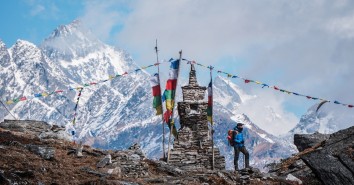
18th Mar, 2025

19th Mar, 2025
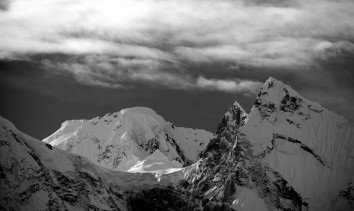
20th Mar, 2025

23rd Mar, 2025
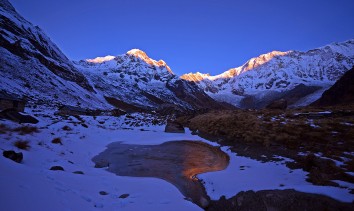
6th Apr, 2025
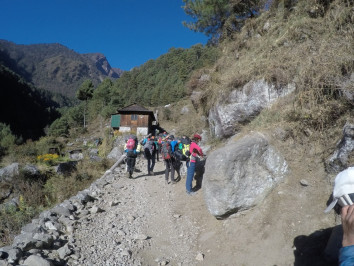
6th Apr, 2025
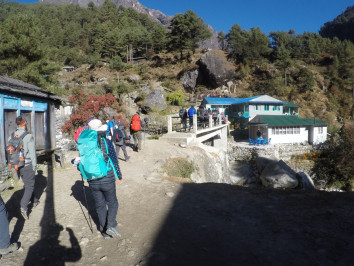
6th Apr, 2025
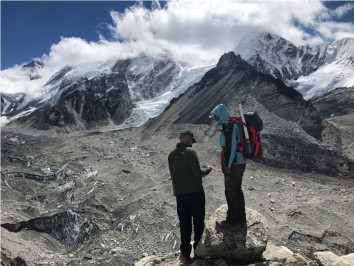
9th Apr, 2025
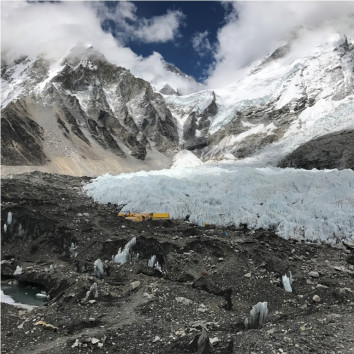
9th Apr, 2025
